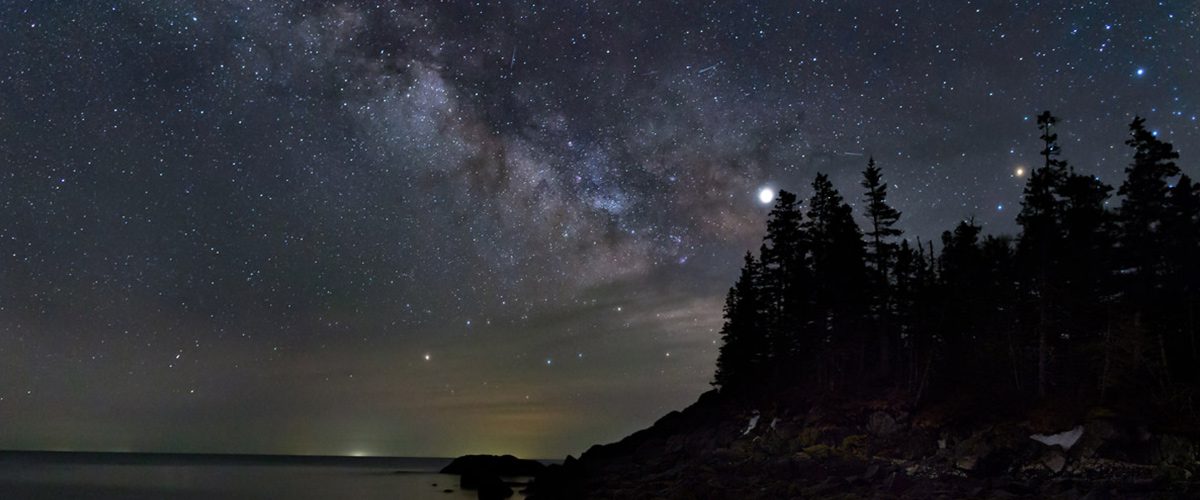A boundless dome of darkness overhead – lit only by crystalline stars – is one of Maine’s most imperiled natural assets.
The Milky Way visible above Acadia National Park cannot be seen with the naked eye at any other national park on the Eastern seaboard, according to the National Park Service. In fact, this galaxy is no longer visible to nearly 80 percent of North Americans.
A sallow skyglow of light pollution is already overspreading portions of Maine. Unless we rethink our approach to lighting, we risk losing the celestial beauty that is the backdrop of our lives.
Growing light pollution represents far more than an aesthetic concern. It endangers wildlife, wastes electricity and disrupts circadian rhythms. Those collective impacts cost the United States nearly $7 billion each year, according to one recent economic estimate.
Constraining outdoor lighting at its source is feasible and affordable, but can be slowed by psychological and practical hurdles. A lighting transition requires – not just new bulbs and fixtures – but a commitment to illuminate only where and when it’s necessary, avoiding the floodlighting that tries to turn night into day.







